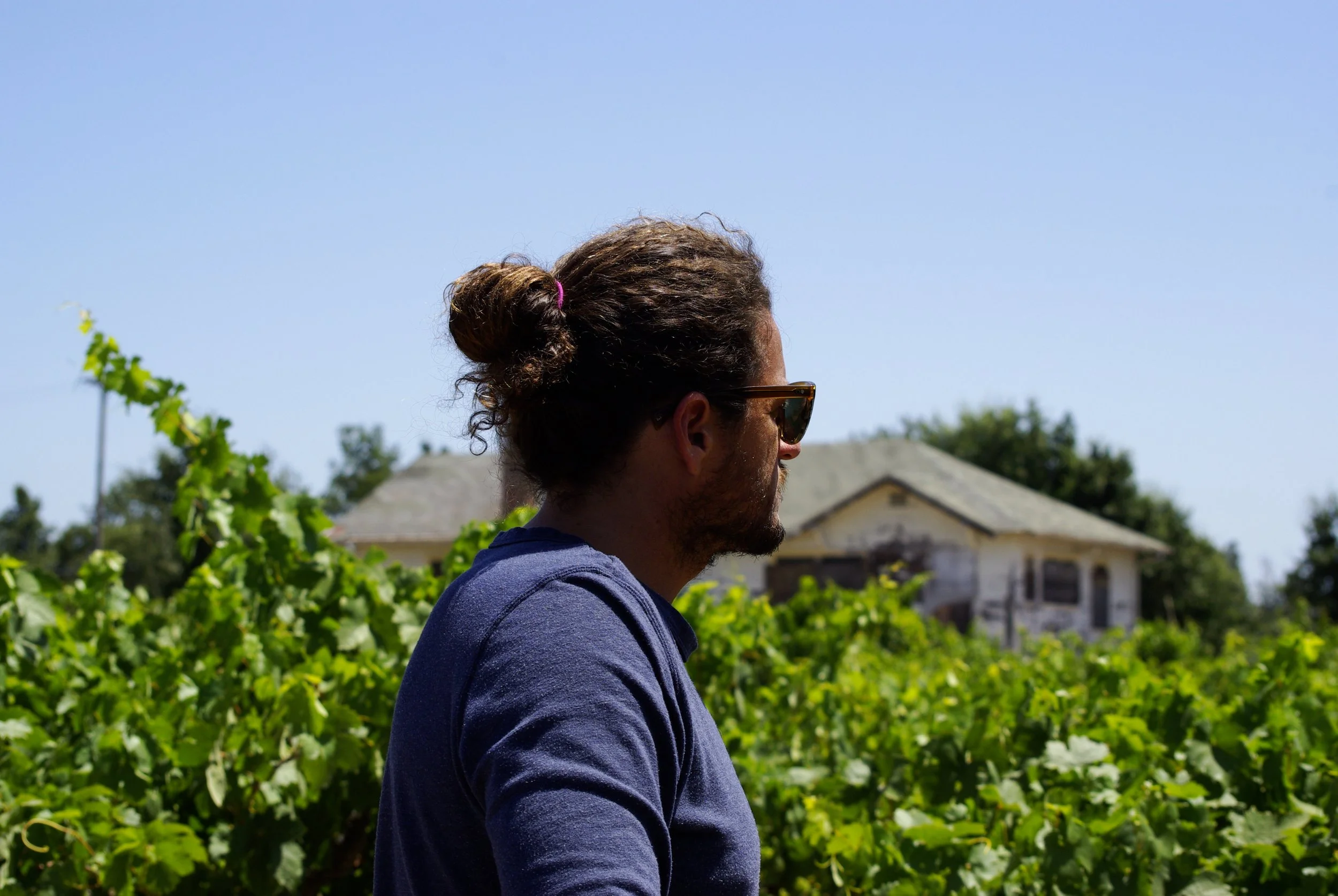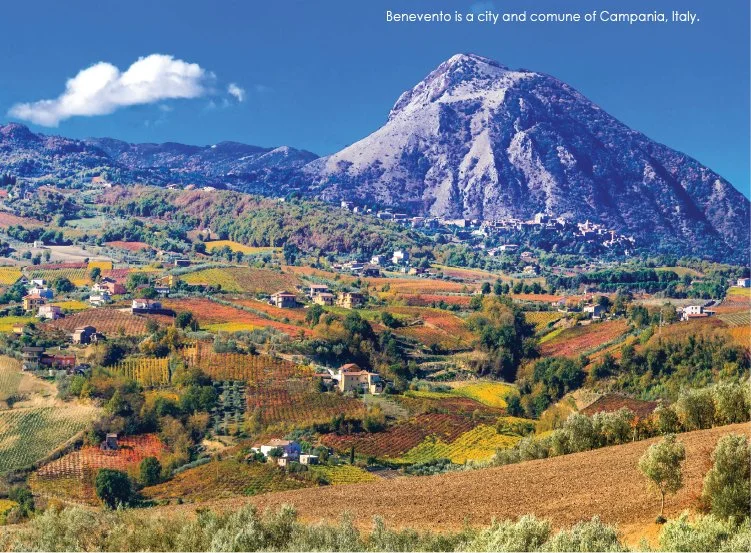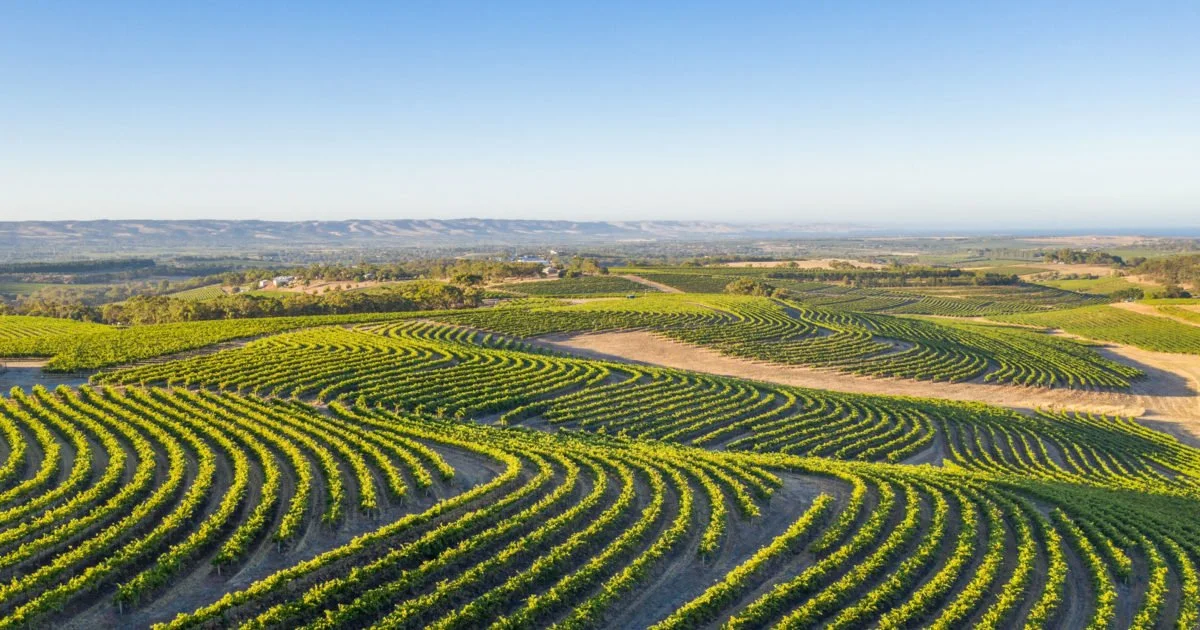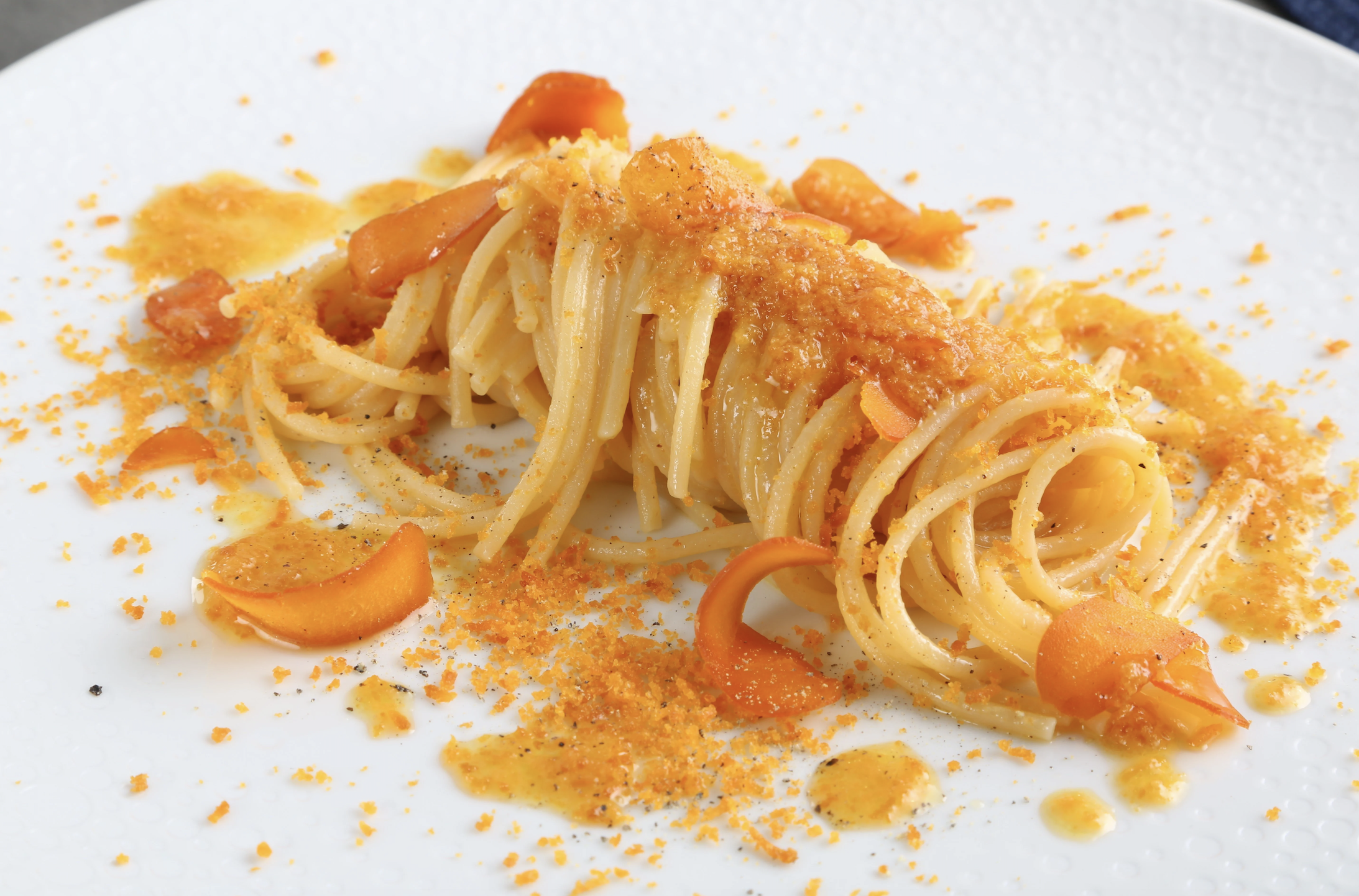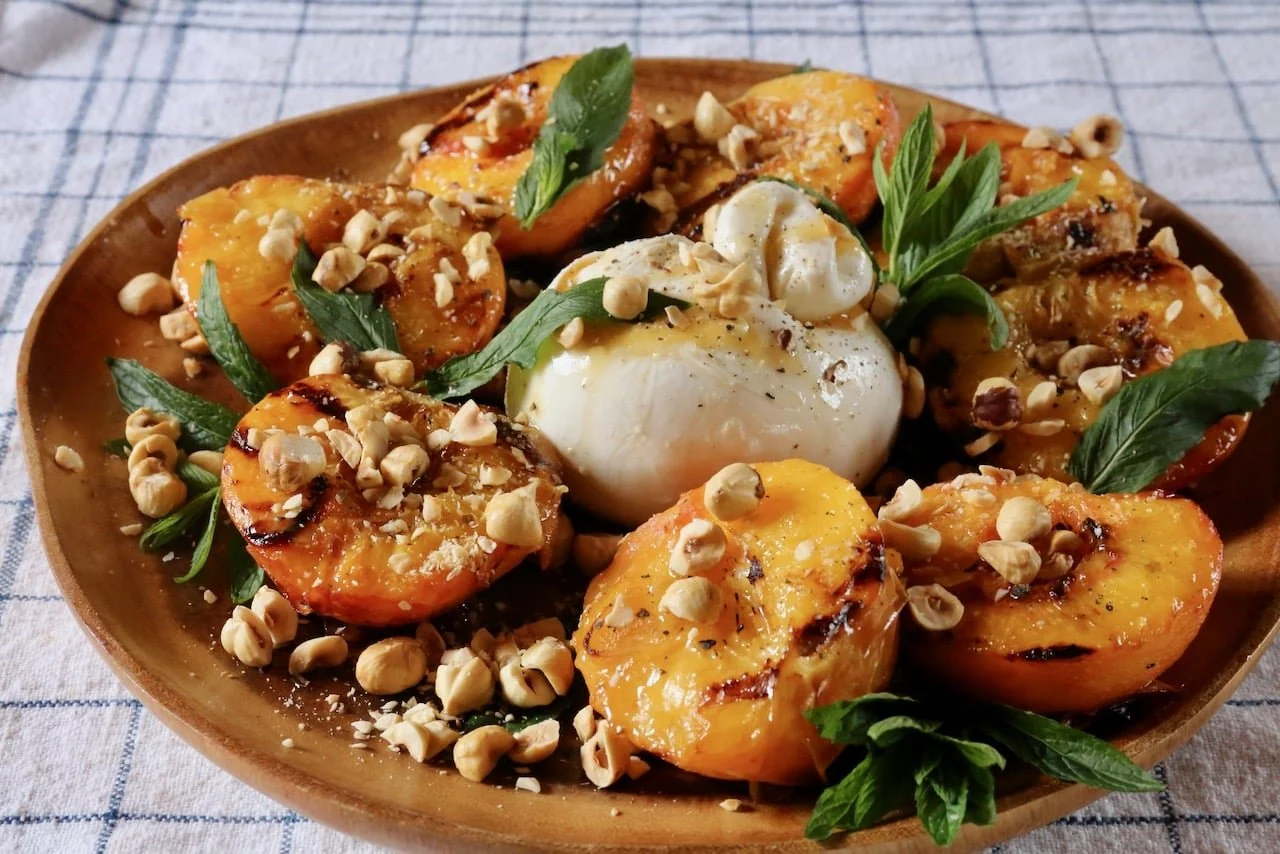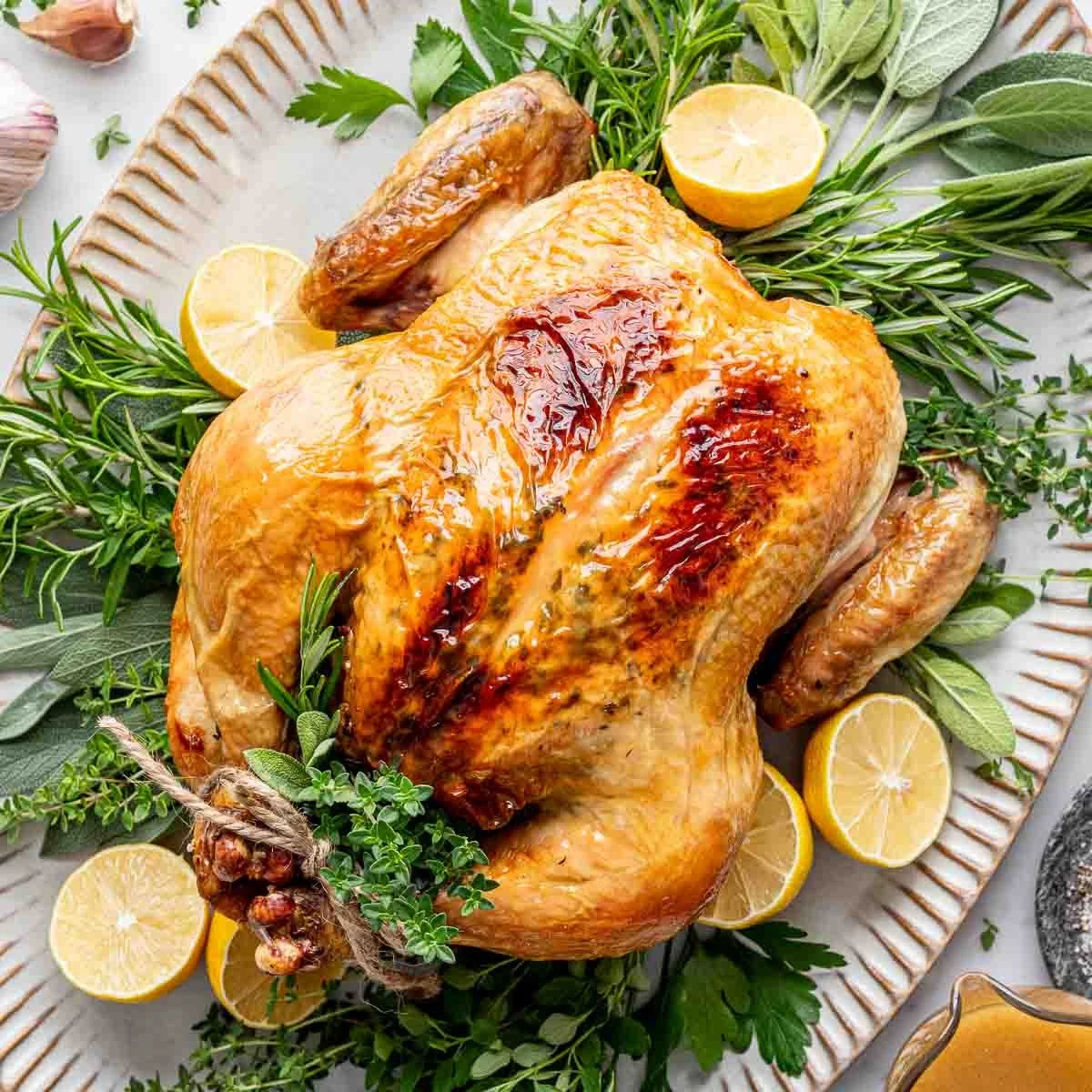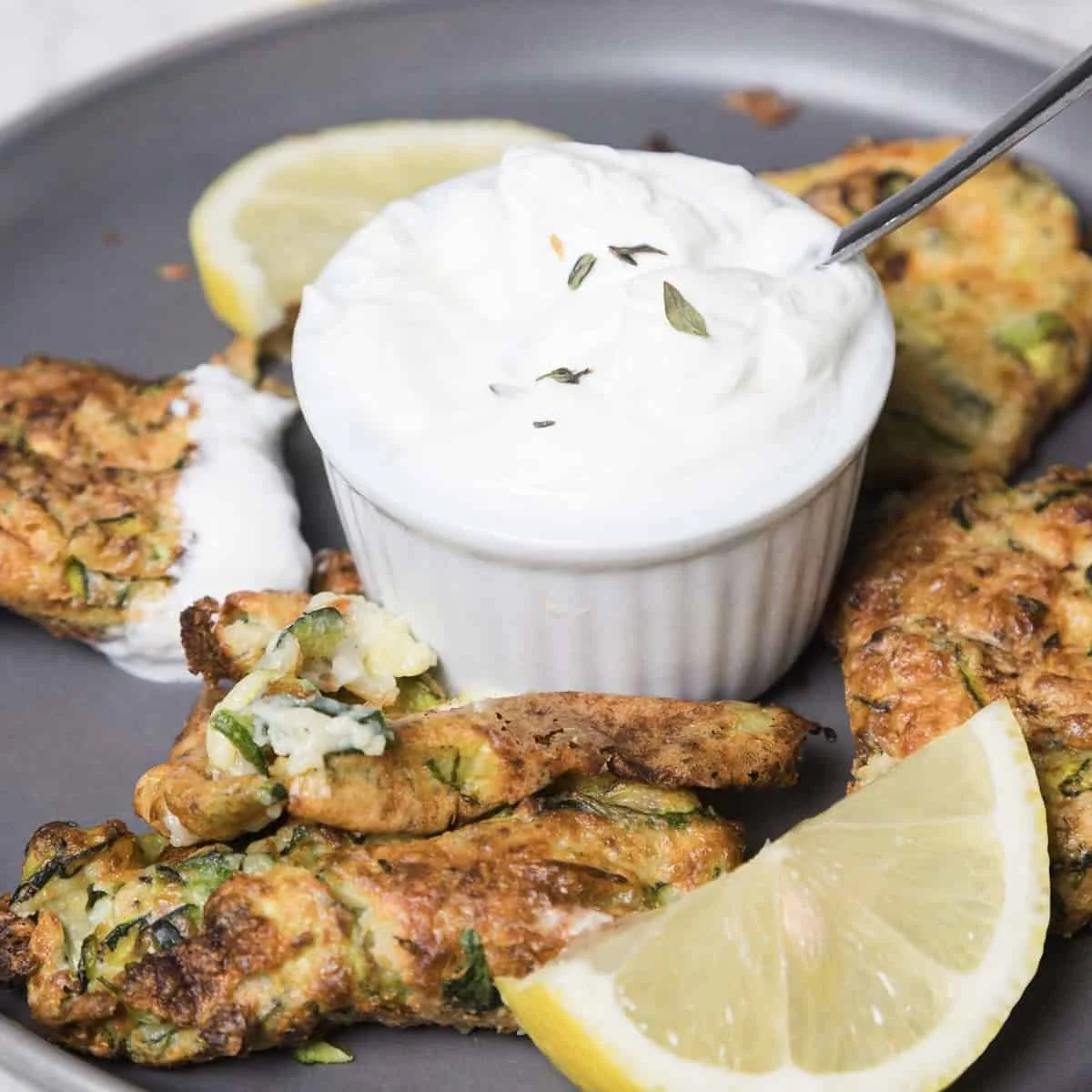
What is Fiano?
Let’s get to know the newest addition to the LOLA lineup—just released in our summer club allocation and soon available to a few lucky LOLA fans!
Fiano: A noble Grape Grape reborn in California
Lola Wines, July 2025
At LOLA, our winemaking philosophy is born from a deep admiration for the Old World — for the timeless traditions of European vineyards, the purity of their expressions, and the soulful connection between grape and place. Each wine we craft begins with a single, essential question: How can we honor the character and heritage of classic Old World varieties, while allowing them to speak with honesty and vibrancy from California soil?
This guiding philosophy has shaped our work with grapes like Chenin Blanc and Vermentino, and has inspired our ongoing commitment to preserving rare, expressive varietals that reflect both history and terroir. It’s what led us to champion Sauvignon Blanc in a restrained, mineral-driven style — and now, it brings us to one of Italy’s most revered white grapes: Fiano.
We're thrilled to share that Fiano is the newest addition to the LOLA lineup, marking a meaningful expansion of our white wine offerings. Recently released exclusively to our Club Members as part of their summer allocation, this wine will soon be available in limited quantities to the broader LOLA community.
Before it does, we invite you to discover the story behind it — a journey that begins with the ancient vineyards of Campania and stretches across centuries to a small, organically farmed 2-acre parcel in Rutherford, where Fiano has found a new home and voice in California.
A Grape of Ancient Nobility
In ancient Rome, wine was more than a drink; it was a cultural cornerstone, often infused with honey, herbs, and exotic spices. This practice wasn’t merely culinary—it was a solution to the limitations of early winemaking and a reflection of medicinal beliefs. Ingredients like saffron, pepper, and cinnamon were commonly added, and Fiano, with its complex flavor and natural concentration, proved an ideal grape for these elaborate libations. Its elegance and versatility secured its place among Rome’s most noble wines, enjoyed by emperors and preserved in writings that span centuries.
Fiano is a grape with an illustrious past, tracing its roots to the volcanic hills of Campania in Southern Italy. Among the most celebrated white varieties of the ancient world, Fiano was prized by the Romans for its naturally rich aromatics and textured palate. It formed the foundation of Apianum, a storied wine once poured at imperial banquets and reserved for honored guests. The name Apianum, the ancient Roman term for the wine made from Fiano, derives from apis—the Latin word for “bee.” This wasn’t mere poetic flourish: the grape was so beloved by bees that the Romans referred to it as Vitis apiana, meaning “the vine adored by bees.”
The name endures through the centuries, and the phenomenon it describes is still vividly alive in Fiano vineyards today. As the grapes ripen in the sun, bees are drawn not to the blossoms—as grapevines are largely self-pollinating and don’t depend on insects for fruit set—but to the sweet, concentrated juice that seeps from the skin of fully ripe or naturally split berries. It’s a visible, almost mythical, connection between nature and grape that has fascinated growers for millennia. Though Fiano nearly vanished in the modern era, its historical significance never faded. It was the passion of a few devoted growers in Campania who, recognizing its legacy and potential, rescued it from obscurity. Thanks to their efforts, Fiano endures—an ancient noble grape reborn for a new generation of wine lovers.
The Bee Connection
In this way, bees contribute to a thriving, living system that supports vine health naturally and sustainably. Their presence is not just a nod to history, but a sign of balance—of farming in harmony with nature. So when we speak of Vitis apiana today, we are honoring more than just the sweetness that first attracted the bees. We are acknowledging their continuing role in a deeper ecological partnership—one that sustains the vineyard from the roots up, just as it did in the time of the Romans. But bees play a deeper role than symbolic guests in the vineyard. Though they don’t directly pollinate grapevines, they are essential to the health and diversity of vineyard ecosystems. At LOLA, as in many organic vineyards, cover crops—such as clover, vetch, mustard, and other flowering plants—are seeded between vine rows to enrich the soil with nutrients, fix nitrogen, improve water retention, and reduce erosion. Bees, along with other beneficial pollinators, are responsible for fertilizing these cover crops, encouraging their growth and biodiversity. This activity enhances microbial life underground, improves soil structure, and reduces the need for synthetic fertilizers.
Fiano’s Global Reawakening
Long cherished in southern Italy, the ancient white grape Fiano is experiencing a global renaissance—one that celebrates its origins while embracing bold new interpretations across continents.
Fiano’s spiritual home lies in Campania, particularly the volcanic hillsides of Avellino, where it has been cultivated since Roman times. Here, the grape reaches its purest expression: crisp, mineral-laced wines with a signature elegance. The region’s volcanic soils lend a smoky edge and a natural acidity that balances Fiano’s innate richness. Aromatically, classic Italian Fiano reveals zesty citrus, pear skin, toasted hazelnut, and floral hints. The small, thick-skinned berries result in naturally low yields, giving these wines both density and remarkable aging potential. Stainless steel fermentation and lees contact often define the style—preserving clarity while building delicate texture and depth.
But Fiano is no longer Italy’s quiet treasure. In recent decades, winemakers from Australia to Argentina have embraced this noble grape, coaxing out new layers of character shaped by geography and innovation.
In Australia, where Fiano was first planted in the late 20th century, it has surged in popularity—particularly among producers committed to sustainability and Mediterranean varieties suited to warming climates. In regions like McLaren Vale, Riverland, and Adelaide Hills, Fiano thrives in both warm and moderate zones. The resulting wines are broader and more textural than their Italian counterparts, often showcasing stone fruit, ripe tropical notes, and a beeswax or lanolin quality that adds complexity. Some producers are even experimenting with skin contact or amphora aging, giving Australian Fiano a distinctive natural-wine edge.
Meanwhile, in Argentina, Fiano is just beginning to write its story. With early plantings in high-altitude regions like Mendoza and La Rioja, this grape is showing promise in the Andes’ extreme terroirs. The intense sun and cool nights preserve acidity while ripening fruit to expressive heights. Argentine Fiano tends to be fruit-forward, floral, and vibrant, hinting at melon, citrus blossom, and fresh herbs, with a structure that suggests it’s only beginning to show its potential.
As Fiano continues to evolve beyond Campania, one thing is clear: its resilience, complexity, and character make it a compelling canvas for winemakers around the world. Whether grown in volcanic soils, coastal vineyards, or mountain foothills, Fiano reflects its surroundings with honesty—offering a refreshing counterpoint to more commercial white grapes.
Today, Fiano is no longer just a whisper from the Old World—it’s a global conversation, gaining momentum in wine bars and cellars alike. And for curious drinkers, it offers a journey worth exploring—glass by glass, region by region.
LOLA Fiano: Rutherford-Born, Old World-Inspired
Fiano’s story in California began in the late 1990s, when UC Davis’ Foundation Plant Services (FPS) introduced vine material sourced from Italy and Argentina. Between 1998 and 2000, two selections—“Fiano 01” from Mendocino (originally from Argentina) and “Fiano 02” from Campania, Italy—were planted at the FPS Classic Foundation Vineyard. In 2007, a third clone, “Fiano 03” (The one we use at LOLA), was added to ensure clean, authentic Italian genetics. Since then, Fiano has quietly gained traction in regions like Russian River, Dry Creek, Clarksburg, El Dorado, and Santa Clara Valley. Producers such as Cruess, Tansy, Unti, Starfield, Elevation Ten, and Brooks Note are working with small, sustainably farmed vineyard blocks—often under five acres. The emerging California style is bright and mineral-driven, emphasizing orchard and citrus fruit, fresh acidity, and lees-derived texture, typically without the use of new oak. Given its natural resilience to heat and drought, Fiano has also begun to show promise in warmer areas like Napa Valley.
That’s where LOLA steps in. With just two acres of organically and regeneratively farmed gravelly loam in Rutherford, the 2024 LOLA Fiano brings a uniquely Californian take to this noble grape. Crafted with native yeast fermentation, no fining or filtering, low sulfites, and extended lees aging, it reflects the same honest, hands-off approach as LOLA’s Chenin Blanc. Aromas of lemon oil, roasted hazelnut, chamomile, and flint rise from the glass. The palate is rich yet precise, textured yet lifted—offering quiet depth and vibrant clarity. Lees aging adds both complexity and age-worthiness, allowing the wine to develop gracefully over time. With this bottling, Fiano claims a new identity in Napa—poised, expressive, and distinctly LOLA.
Perfect Pairings: From Bottarga to Burrata
Seafood & Citrus
Try it with spaghetti alla bottarga—toss warm spaghetti with grated bottarga (available from Cortez Conservas), lemon zest, garlic, and good olive oil. Or pair with whole branzino roasted with lemon, olive oil, and flaky sea salt. The wine’s salinity and citrus lift are a natural fit.
Grilled Peaches & Burrata
Serve it with grilled peaches—warm, a little smoky, and sweet—alongside soft burrata cheese. Add some toasted nuts for crunch, fresh basil for brightness, and a drizzle of honey and balsamic vinegar to bring it all together. Or pile it on toasted bread for an easy summer snack. The wine’s fresh, crisp flavor pairs naturally with the creamy cheese and sweet, juicy fruit.
Poultry & Herbs
For a heartier pairing, go with herb-roasted chicken—rub thighs or a whole bird with rosemary, thyme, garlic, lemon, and olive oil before roasting. The wine’s texture and herbal tension mirror the dish’s depth while keeping the palate refreshed.
Vegetarian Dishes
Fiano also shines with vegetable-forward plates: try it with roasted fennel and citrus salad, zucchini fritters with yogurt sauce, or a ricotta-stuffed squash blossom flatbread. These dishes echo the wine’s earthy and floral undertones.

